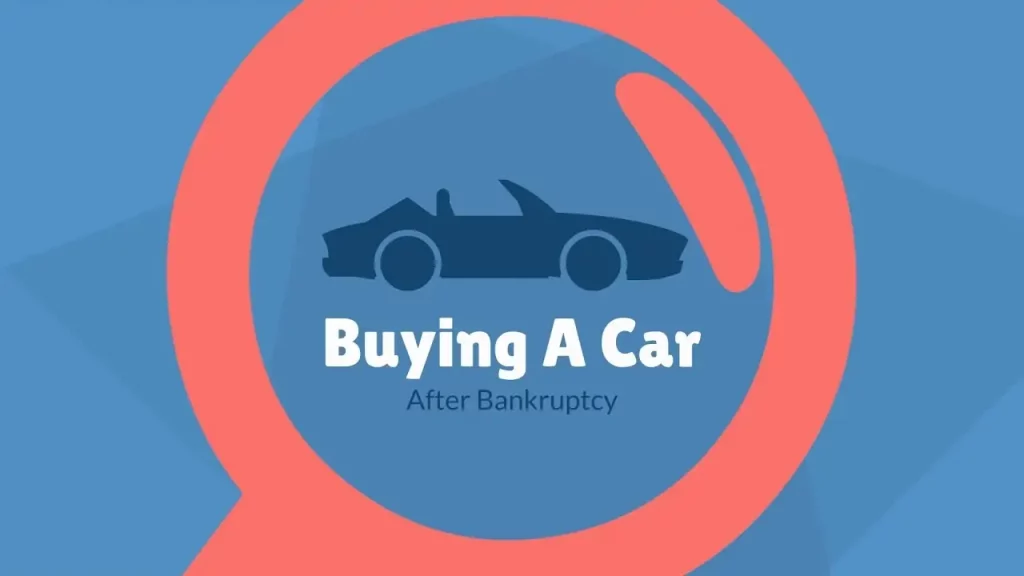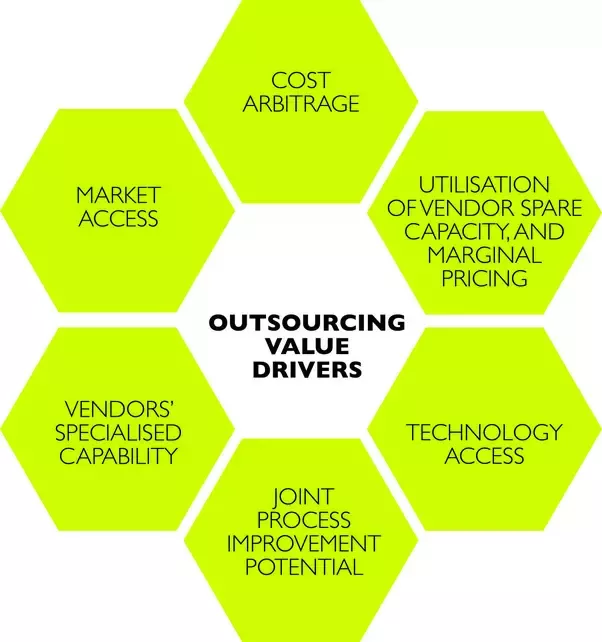Buying a car is an important purchase and can be a daunting task, but to turn this daunting task into an easy task, you should learn some important tips for buying a car. Deciding exactly what you want and what you’re willing to pay upfront will save you more money and avoid a lot of trouble and common pitfalls. Follow the 10-step strategy to get a better car deal at the most suitable price:
- Check your budget: Setting a budget is the first crucial step. With a budget, you can only choose the cars you can afford, so stick to your budget and choose only the cars you can afford.
- Choose the right time: At certain times of the year, there will be a huge stock of cars at car dealerships. At these times, you can find competitive prices, more incentives, and better deals. The best time could be the beginning of the year and from July to October. So it is much better to look for the most suitable time when buying a car.
- Research the prices: If you want to save as much money as possible when buying a car, research car prices. Meanwhile, you are limited to the cars that fall into your budget scale, try to research the prices of these cars by visiting online websites such as Edmunds.com, Kelly Blue Book and NADA to research the prices of these cars. The most important thing is to collect as many price quotes as possible so that you can determine an average price for each car you are interested in. Keep in mind that cars have many different prices, but the invoice price is the most important thing you should know when you start the negotiation process.
- Make two lists: New and used cars have advantages and disadvantages. For example, new cars are equipped with new features, but once you buy it, there will be a price depreciation of 11% to 15%. On the other hand, used cars are considered a field for best deals with good prices, depending on their conditions, but they can cost you more if you finance them and can cost you much more for maintenance. So, consider creating two lists, each of which contains the collection of cars you’re interested in buying, along with their respective average prices.
- Select vehicle requirements and model: Now that you have two lists and a collection of cars, try to organize each list in terms of requirements and model. For example, which aspects you need most: Do you need a towing package by car? Do you need a big car for your family? Do you want a fuel-efficient car?
- Consider payment options: Of course, there are two ways to pay, either you pay in cash or you finance the car. If you finance the car, you pay a down payment, then you pay a monthly payment until you have the total price of the car ready. If you can afford to pay in cash, that’s great, but many people choose the financing option. If you want to fund, try to keep the deposit as high as possible. Some people choose a financial plan from merchants, but it’s not recommended because you can find better financing options with a good interest rate at banks, credit unions, or online by visiting sites like E-Loan and Lending Tree.
- Consider insurance premiums and warranty: Insurance is an important factor in the total price of the car. Keep in mind that if you buy a sports car or a popular car, the insurance premiums will be higher than traditional cars. Warranty is something that guarantees maintenance for your car if anything has ever happened wrong. Whether you’re buying a new or used car, make sure it comes with the manufacturer’s warranty so you don’t have to pay extra money for the extended warranty.
- Inspection and test drive of the car: You need to inspect and test the car before buying. If you are buying a used car, inspect the car by a trusted mechanic to uncover possible problems with the car. In addition, you should have a vehicle history report to detect major problemsthe car may have to check if it has been recovered, stolen or involved in an accident. When you test the car, take enough time on it and focus on the driving experience and whether or not it suits you in the future. If you don’t feel good, leave it and try another car. Instead, don’t be impulsive, be calm and focused, and don’t let the dealer or seller move you to another choice. You’ve done your homework, and you need to stick to it to get the best deal.
- Negotiate the price: Depending on your research and the two lists you have in hand, you can negotiate with confidence. Now you have price quotes and loan interest rates to help you negotiate. If the car you are going to buy is new, make sure you know the “invoice price” so that you are in a better position in negotiations. On the other hand, if the car is in use, make sure you know the current resale price for that car.
- Before you sign, reconsider: Finally, once you’ve decided and picked a car to buy, reconsider before you sign. Make sure you do not sign the “as is” statement until you have thoroughly inspected the vehicle and checked its performance and comfort. Read the fine print carefully and don’t sign until you know all the details in the contract. Don’t let the dealer or the person selling you a car get you to sign quickly instead, take your time to read each clause in the contract even better, take a lawyer to complete the paperwork for you.
As you can see, if you want to make a better deal when buying a new or used car, there are many things that will be considered. It’s always best if you know what you want and what you want to pay before buying. So do your homework in advance to enjoy your favorite car.
what is considered a high car payment
#buy #car #10Step #Strategy #Buying #Car #Paying
- The winner of the Hottest Firefighter promises: “I’ll stay dedicated to saving lives.” - December 1, 2022
- Smiling influencer caught on camera kicking a dog apologizes for sharing the ‘cruel act.’ - December 1, 2022
- What is full coverage auto insurance in Florida? - November 14, 2022



